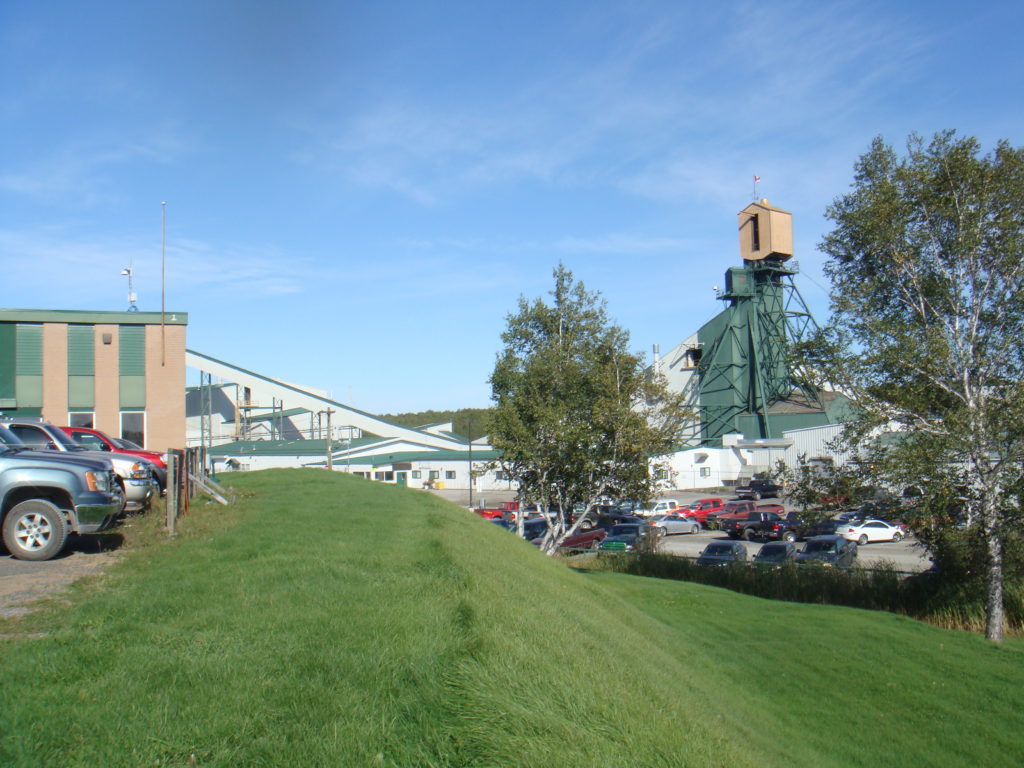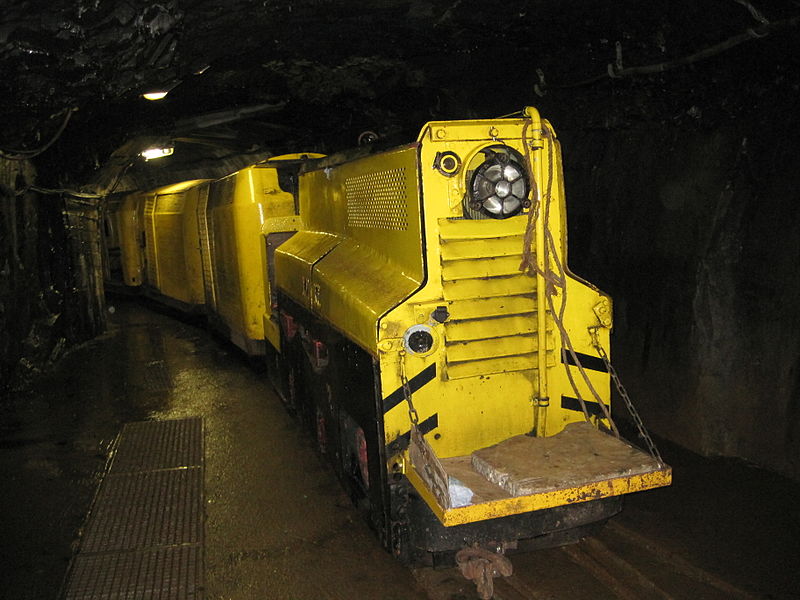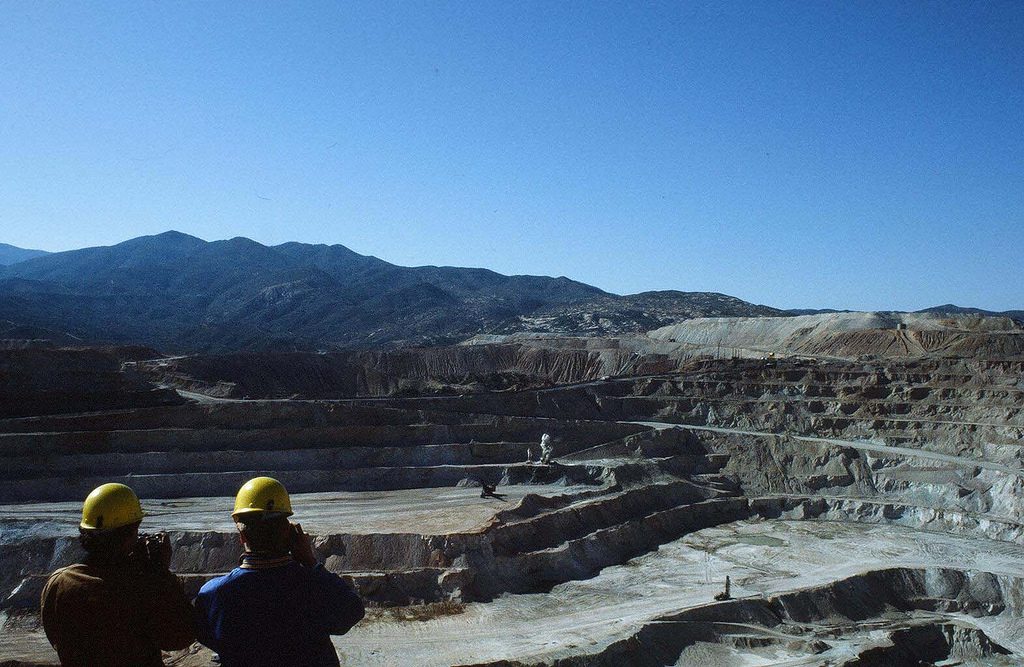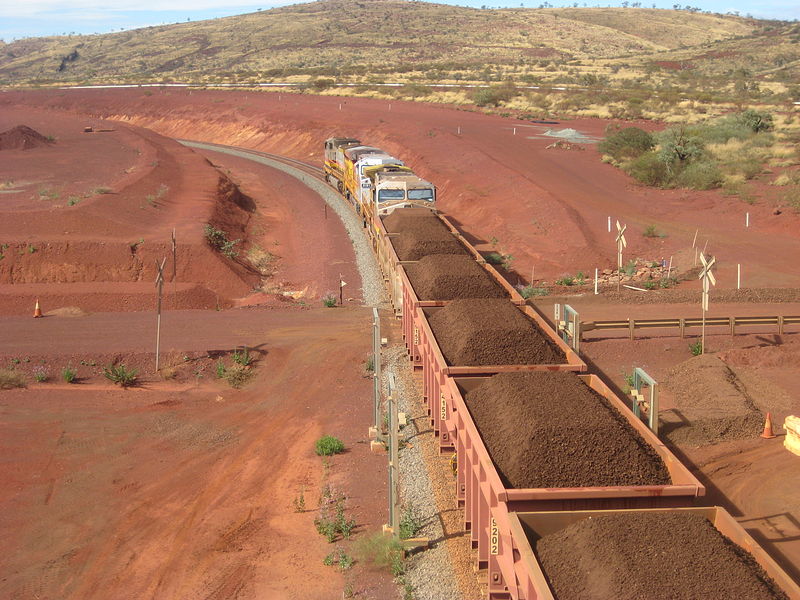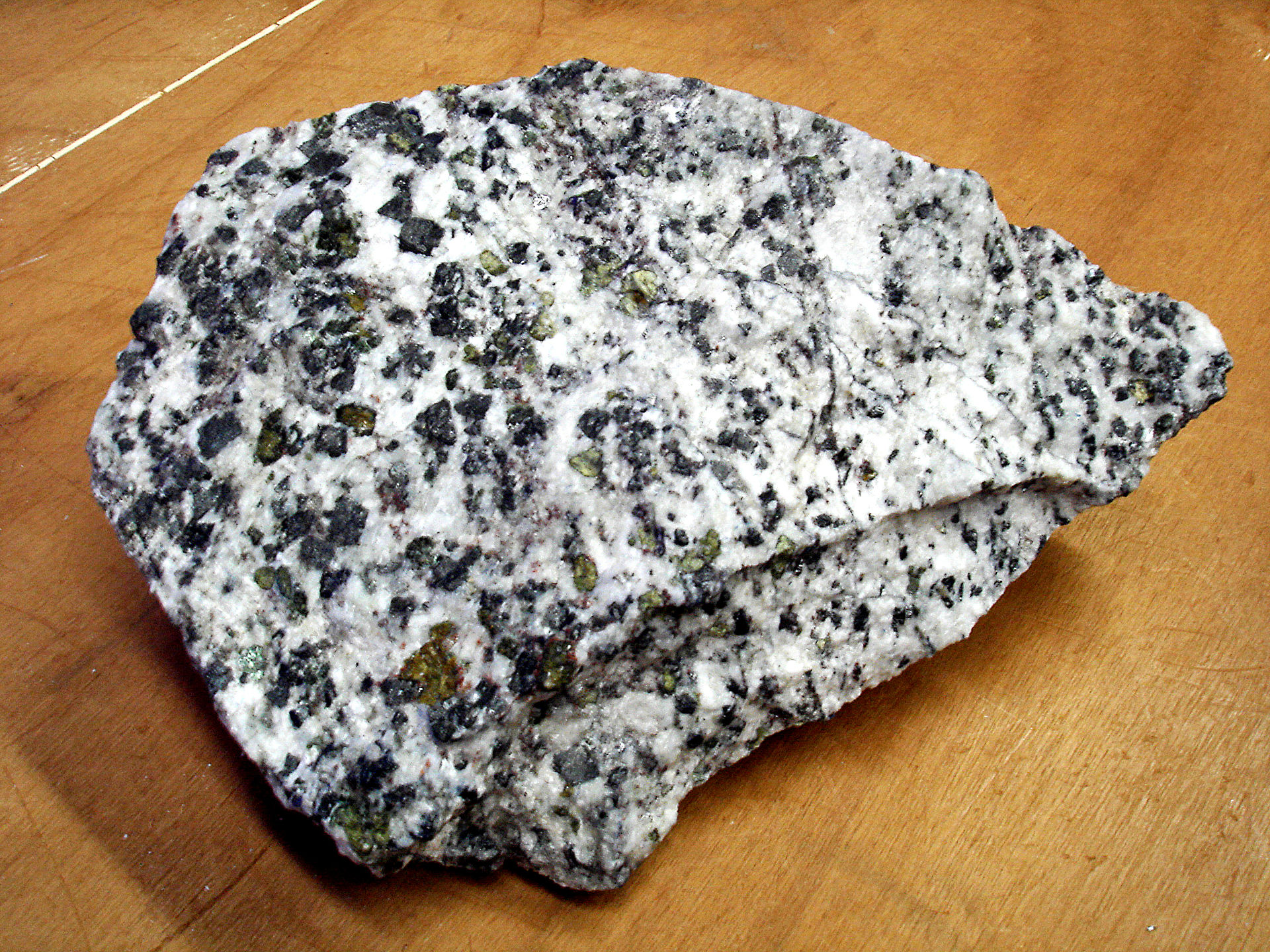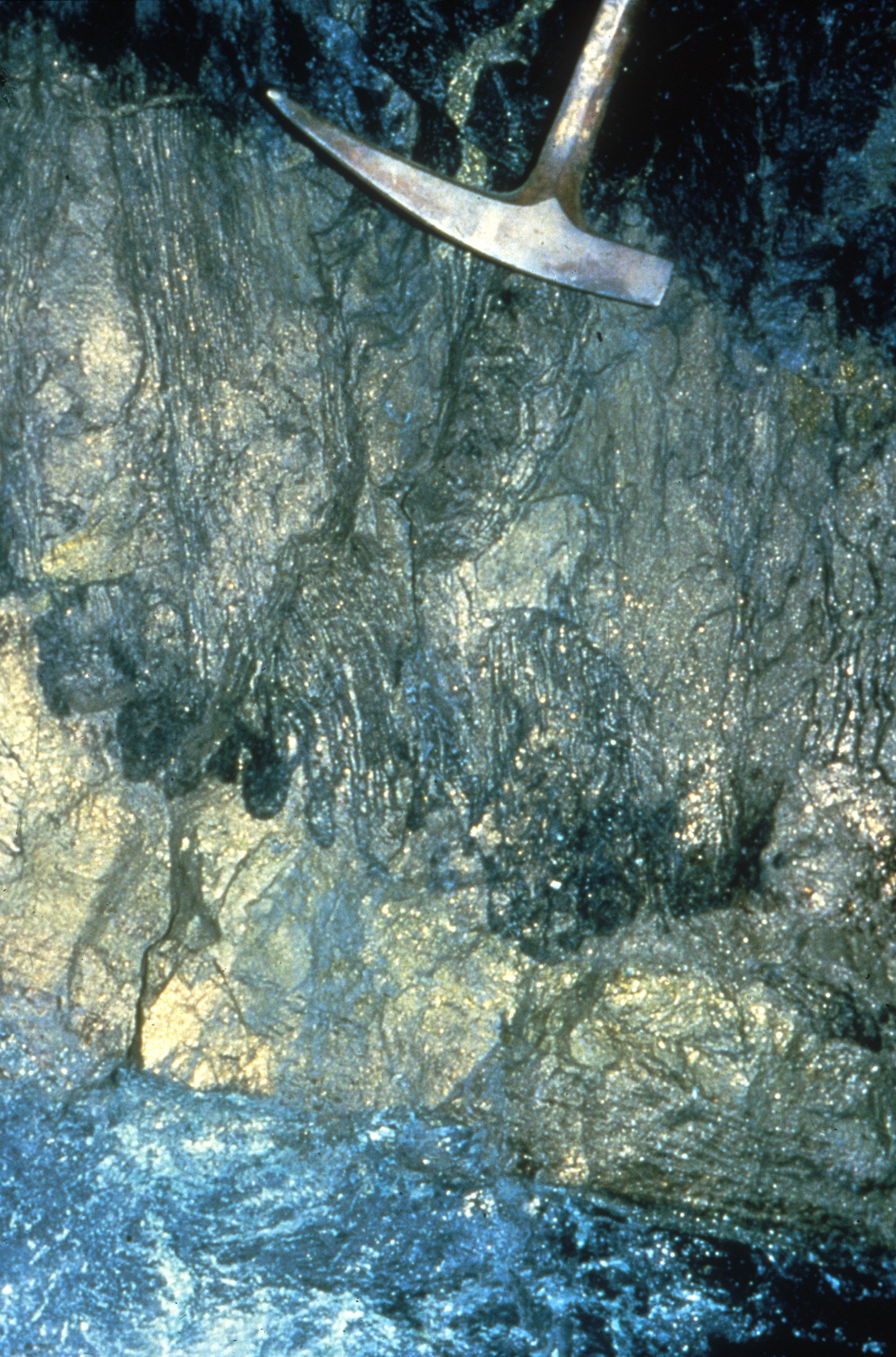Introduction
The area has been explored, the deposit has been modeled, and the ore has been extracted: now what? It’s time for mineral processing. Mineral processing is the first thing that happens to ore and mineral-bearing rock after they leave the mine or quarry.
There are four steps in mineral processing: sampling/analysis, comminution, separation/concentration, and dewatering. This article is the first in a series about mineral processing and covers the first two steps.
Mineral Processing Overview
The term ‘mineral processing’ has several synonyms: mineral beneficiation, mineral/ore dressing, and ore upgradation. In metallurgical engineering, mineral processing is the process of separating commercially valuable minerals from ore. Mineral ore is simply a rock that contains a sufficient amount of minerals with economically significant elements. Many commodities occur in minerals, instead of in a pure metallic form. Metals like copper, cobalt, and nickel commonly occur in sulfide minerals instead of pure metallic form. For example, copper is often mined from the minerals chalcopyrite (CuFeS2), bornite (Cu5FeS4), and cubanite (CuFe2S3). The concentration of the mineral of interest directly influences the ore grade: the higher the concentration, the higher the ore grade. Higher ore grade increases the value of the mine and its overall profit.
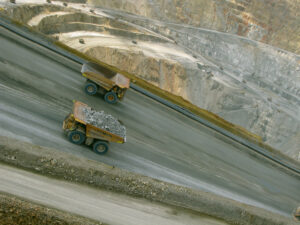
What happens to the rock that does not contain commercially valuable minerals? In mining, this is called overburden: the waste or unwanted rock that overlies the ore body. Overburden is typically removed without being processed. The economically useless material within an ore body is called gangue. Gangue is distinct from overburden in that it surrounds or is mixed with the valuable minerals. The primary reason for mineral processing is to separate and concentrate the valuable minerals from the gangue.
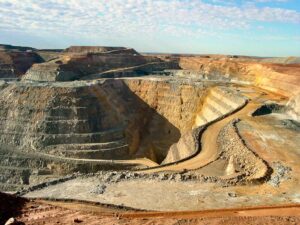
Sampling and Analysis
Sampling includes taking a representative portion from an ore mass and performing a short version of the mineral processing workflow. This stage provides general information about the ore material and how it should be processed. It is critical that the samples represent the entire ore body–a process that is not always easy. In precious metal deposits, mineralization is often localized and not homogeneous. Fortunately, there are mathematical models that can be used to determine the quantity, size and type of samples for a particular ore body.
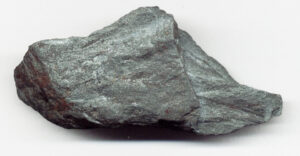
Samples are collected either from the ore material by hand or machine. Hand sampling is costly and time consuming, and is typically only used for placer deposits, wet and sticky ores, or when machinery is not available. Wet and sticky ores, such as bauxite and kaolinite, are naturally wet and can cause problems by clinging to mineral processing machinery. Mechanical sampling is the more common practice and is typically done by collecting samples from a moving stream of ore–that is, samples moving along a conveyor belt, a chute or a slurry pipeline.
After a representative sample is taken from the ore, it is reduced in size (crushed) for analysis. Chemical analysis is performed to measure the quantity of the element of interest. Chemical analysis methods include emission spectroscopy or X-Ray fluorescence. Mineralogical and particle size analyses are also performed to determine the ease of mineral separation and the presence of specific mineral components. Mineralogical analysis is performed using a heavy liquid separation technique. Ground ore material is placed in a liquid with a high specific gravity, causing particles to sink or float based on their densities. Finally, the ore material is classified by particle size. This is done using either a sieve or optical methods for very fine particles.
Sampling and analysis is crucial, as the nature and behavior of a mineral determines how the rest of mineral processing will be carried out.
Comminution (Size Reduction)
Valuable minerals are separated from waste material by reducing their particle size. This process is called comminution and involves dry crushing followed by dry or wet grinding of minerals. Some ore, like that found in placer deposits, does not require crushing, as it is already in small pieces. Most ore, however, is contained within hard rock that requires heavy duty crushing.
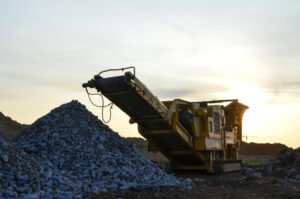
The goal of comminution is to crush the ore into small particles that contain only one mineral. Dry crushing ore to ~1-5 mm particles is carried out on crude ore by compression and impact force. Jaw, cone, hammer, roll, and gyratory crushers are the tools used to do this. The next stage of size reduction, dry or wet grinding, is performed with tumbling and stirred mills. For wet grinding, ore material is mixed with a liquid, which makes the grinding process faster. Grinding reduces ore particles to micrometers in size. Mechanical screening is done during and after each crushing and grinding stage to control the particle size and separate material into grades. Depending on size compatibility with the next separation process, the material may require additional comminution cycles.
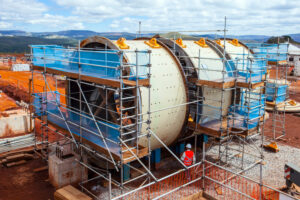
Summary
Mineral processing is performed to remove waste substances from useful products. Throughout the mineral processing flow, care is taken to conserve the mass of valuable minerals and increase their proportion in the whole mass. While it is important to perform screening during each stage of separation/concentration, it is also important to perform mineralogical and geochemical analyses before going any further with raw material. In the next article in the series, we will discuss the remaining steps of mineral processing: separation/concentration and dewatering.
Further Reading
- Wills’ Mineral Processing and Technology (textbook)
Subscribe for Email Updates

